Sometimes a cliché is the only way to describe an experience so fundamentally mood-inducing that it illuminates the very reason we do what we do. Walking into Laurie Kang’s solo exhibition Deferring Diffractions at Toronto’s 8-11 Gallery is a moment made for cliché. By passing through the entrance we feel we are entering the artist’s internal intimate space. In so doing, we are awarded one of the art-viewer’s principle joys: an immediate feeling of deep and ineffable personal connection to the pure physicality and ingrained contemporaneity of a work. Initiated from a close relationship between materials and concepts, a sexual energy spills and slips from piece to piece, available for absorption and digestion by a conscientious viewer. The exhibition is like a tour of Kang’s erotic inclinations.
Grounded – fittingly, if not a little snugly – in 8-11’s character-rich space, the material elements of Deferring Diffractions include a modular sculptural installation, an artist book, an outdoor sculptural work, and a projected video work. The show is centered on a series of three-dimensional abstract compositions on mirror-polished aluminum that mimics the relationship between canvas and paint. Although these gestural arrangements could be called painterly, the look and feel of the work is more closely aligned with the dimension of the digital screen.
The artist book, a limited-edition Risograph publication titled Entangles, is a stunning 128 pages of screen-shot close-ups of mating flatworms. Appearing as abstracted clusters of wavy flesh in Chromira and Inkjet prints, the phylum creatures are also present in Kang’s sculptures as implied inhabitants, protruding supporters, and dangling bodies. An enigmatic conversation between two anthropomorphized flatworms forms the basis for the exhibition text Is 1hr 1hr? penned by artist-writer Tiziana La Melia. The script, produced prior to installation, is also reprinted in the book. As an extension of the exhibition, Is 1hr 1hr? was performed by Kang and 8-11 co-founder and curator Christine Atkinson as part of Villa Toronto. This reading-performance was in turn accompanied by a salon-style group reading of an essay by American queer/feminist theorist Karen Barad titled “Nature’s Queer Performativity” and led by curator cheyanne turions as part of the series No Reading After the Internet. With its stated focus on “reconfigurations and shape-shiftings, nonhuman agency [and] queer critter behaviors,” Barad’s essay theorizes atoms as a vehicle for the queering of causality, matter, space and time, forming an appropriate conceptual backing forDeferring Diffractions. Like Barad, Kang has adapted the physical and behavioral makeup of a non-human species as a metaphor for human (queer) sexuality.
So what can we make of Kang’s creative claim over an inter-sexed species of worm? By moving through the exhibition with queer theory’s radical questioning of identity and binaries in mind, we note the pervasive presence of an empowered, fluid sexuality. In Second Skin a mirrored panel acts as support for two scenes of soft penetration. Kang has photographed knots of rubber cord, magnified and abstracted to bring out the erotic grace with which they intertwine. Cut into the surface of the panel are wobbly lines of flatworm tunnels (a reoccurring detail in several of the works), one with a white, viscous substance spilling out from its top. In the upper left-hand corner is pressed an object resembling the ring and flaccid body of a used condom. The rubber cord makes another appearance in Leaking Modularities, this time as a physical objet, appearing umbilical or intestinal and connecting two panels by way of being wedged into the slits of more flatworm tunnels.
A visual hallmark of the sculptures – the fleshy, pink, and shiny silicone sheet of Deferring Beings – dangles prominently from the end of one of two wall-mounted aluminum bars. This installation-cum-modular-dance-studio includes brass brackets modeled after flatworms and another tunnel-marred mirrored panel. Just abstracted enough to avoid being overt, each of these works present a tight composition endowed with a sensuality that is as grotesque as it is erotic. The installation’s sense of fluidity and spillage expresses a foregoing of control as a counterpoint to the male-dominant oppression of female emotional and sexual emissions. The work positions itself in a history of art-making which omits the female body but embodies the feminine (think Eva Hesse and Helen Chadwick). It also underscores Kang’s position in a generation of young female abstractionists characterized by a materials- and process-driven fabrication style that combines sculpture, photography, and found objects in the production of idiosyncratic and even surrealist work (Rochelle Goldberg, Rachel De Joode, and Letha Wilson come to mind).
Evidence of Kang’s hands-on process, as well as her relinquishing of control, is present in the intermittent scrapes and fingerprints that have been left on the surfaces of the work. In the same way that her script, book, and readings embody and expand the show, the physical works are self-referential, mutating out of one another to create new, same-but-different things.
Despite the weight of its conceptual backing, Kang’s show remains playful, guarding itself against the trap of too-precious objects d’art. Her sense of humor is perhaps most evident in Abyss Thing, a black-and-grey lump of oven-bake clay that could be mistaken for discarded detritus on the gallery floor. Abyss Thing seems useless and pathetic, an apparent aesthetic outcast from the rest of the work. I draw a visual connection to it only upon close examination of its exterior texture which is marked by an imprint resembling the rubber cord from A Second Skin and Leaking Modularities. It’s the work’s title, however, that locates it as a repository for the exhibition’s conceptual framework. Used by French feminist theorist Hélèn Cixous in her essay “L’Ecrit de la Méduse” (The Laugh of the Medusa), the abyss has come to denote the female body as a fluid and effective power against phallo-centrism. Cixous sought to empower women by encouraging a practice of “écriture féminine,” a method of writing that was accessible only through the female body.
The implications of this connection between the corporeal and its creative output can be felt throughout Deferring Diffractions. Kang carries the metaphor of the abyss forward in Provocations of a Nubile Rock, a three-minute looped video that features a direct quote from another Cixous (“La”). Located in the unfinished basement of the gallery, Provocations features a Google-sourced stock image of a pale pink rock overlapped with a slowly moving text that is edited mid-stream so that “It’s as if you are frightened of solitude” becomes “It’s as well if you are frightened of solitude.” With this slight intervention, the weight of the statement is shifted from uncertainty to acceptance so that it lays claim to a feminist take on solitude as freedom. The rock, for its part, is anthropomorphized in its bust-like shape and the way that it blushes a deep glowing red after the new text is revealed.
In all, the materials, look, and concepts of Deferring Diffractions read as so much contemporary art. The work expresses a self-awareness of the socio-historical and technological conditions of its making. It speaks in the enigmatic tongue of a young abstract conceptualist and with the odd juxtapositions and free appropriations common to post-internet art. In other words, it feels contemporary because it “gets it.” Although not a categorical match for the sleek stationary objects of post-internet art, these works fit the fashion of the network, using the internet as source material and in many ways speaking its language. This is particularly evident in Kang’s documentation of the exhibition. Even the most straight-forward photographs of the exhibition cannot help but obscure the physical boundaries of the work. In the framing of varying angles and reflections we find entirely new compositions that are only possible in digital form.
As if to further emphasize the work’s potential for digitization, fellow Toronto artists Nadia Belerique and Lili Huston-Herterich performed a lighting intervention on Deferring Diffractions that effectively dyed the work with deep planes of green, blue, and red. The resulting images are like digital paintings with little distinction made between the original referent and its new virtual space. By allowing the work to be positioned in this way, Kang is inviting us to read it in a category of art described by critic Ben Davis as “not internet specific, but simply [living] in and out of the internet as if that was just the default condition for artistic production.”
Deferring Diffractions speaks, but does not preach, the language of its context. It communicates an unabashed eroticism and sexual openness that feels feminine but largely resists the male-female binary. It draws from and speaks to – but does not make a subject of – the internet. It is conceptually grounded in feminist thought and queer theory but maintains an ambiguity through abstraction. It is physically amorphous, appearing as an exhibition, performance space, artist book, reading group, documentation, and digital work. And the iterations continue.
Kang is set to team up with Belerique and Huston-Herterich for a collaborative project opening in June at the Power Plant. Building upon the aesthetic and conceptual platforms ofDeferring Diffractions and combining with the equally nuanced photo-sculptural practices of Belerique and Huston-Herterich, the show is sure to communicate Kang’s desired effect of an “entanglement of intuition and cognition.” By virtue of its inherent lack of certainty and the way it encourages the unconventional, the act of collaboration itself is often deemed queer. Kang’s work, it seems, will continue to live up to Barad’s perception of queerness as “a lively mutating organism … an agential dis/continuity, an enfolded reiteratively materializing promiscuously inventive spatiotemporality.” And for that, we can only be thankful.

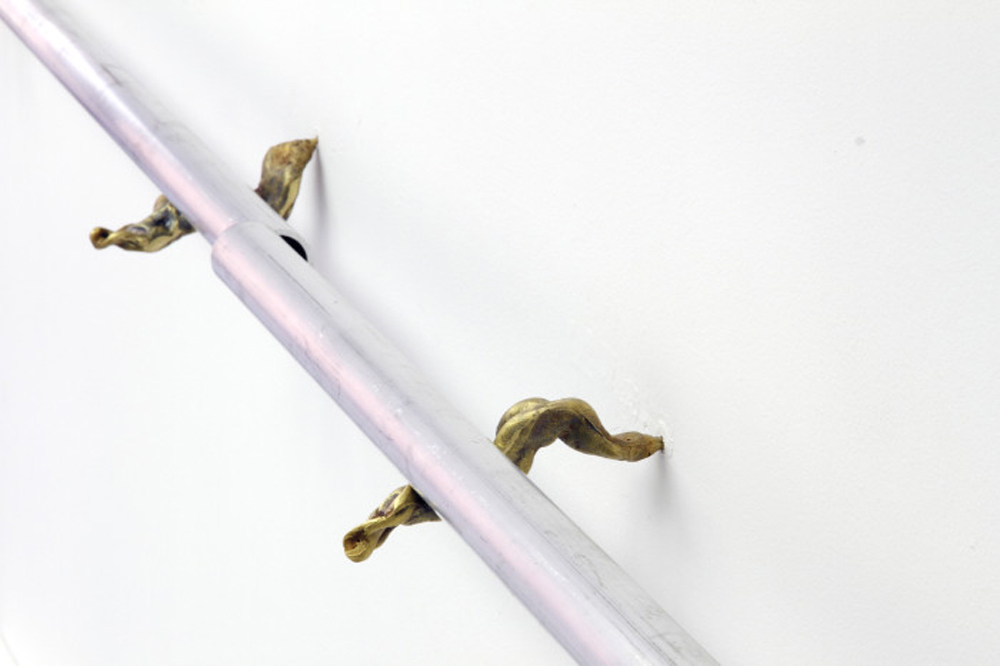
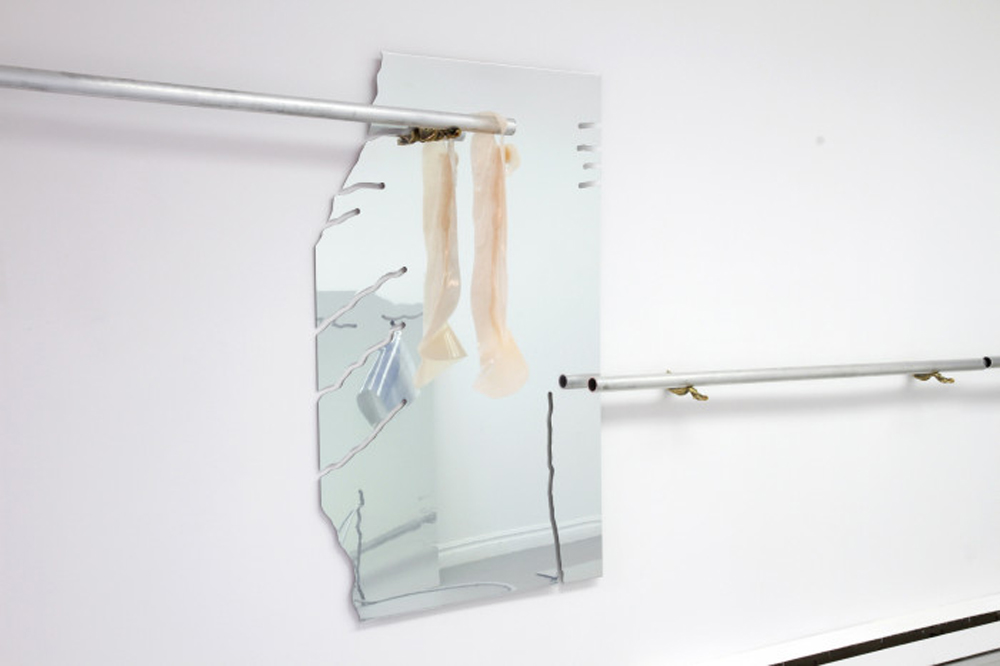
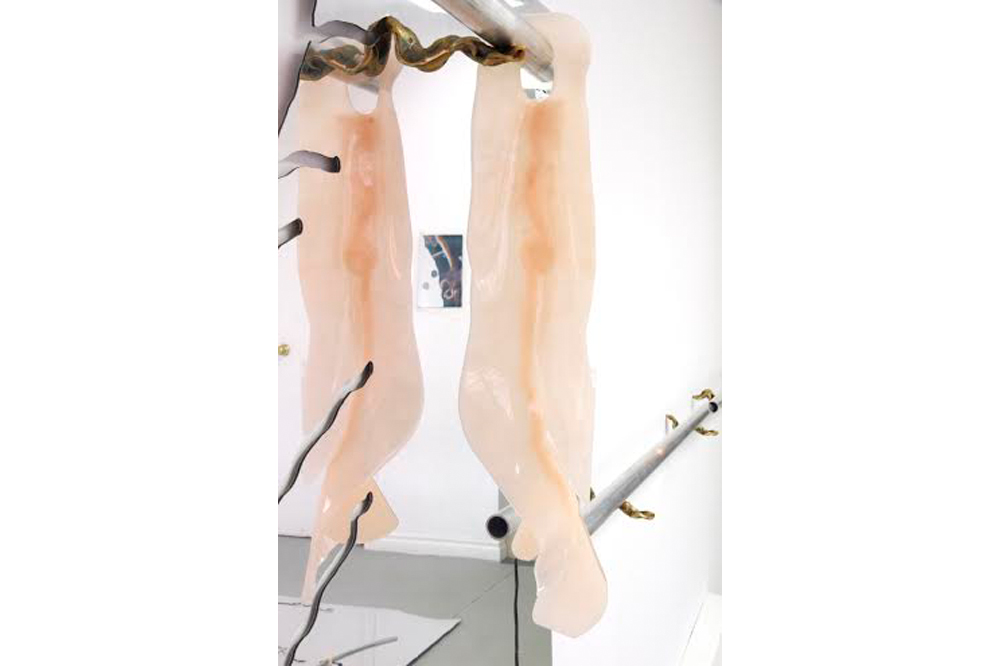
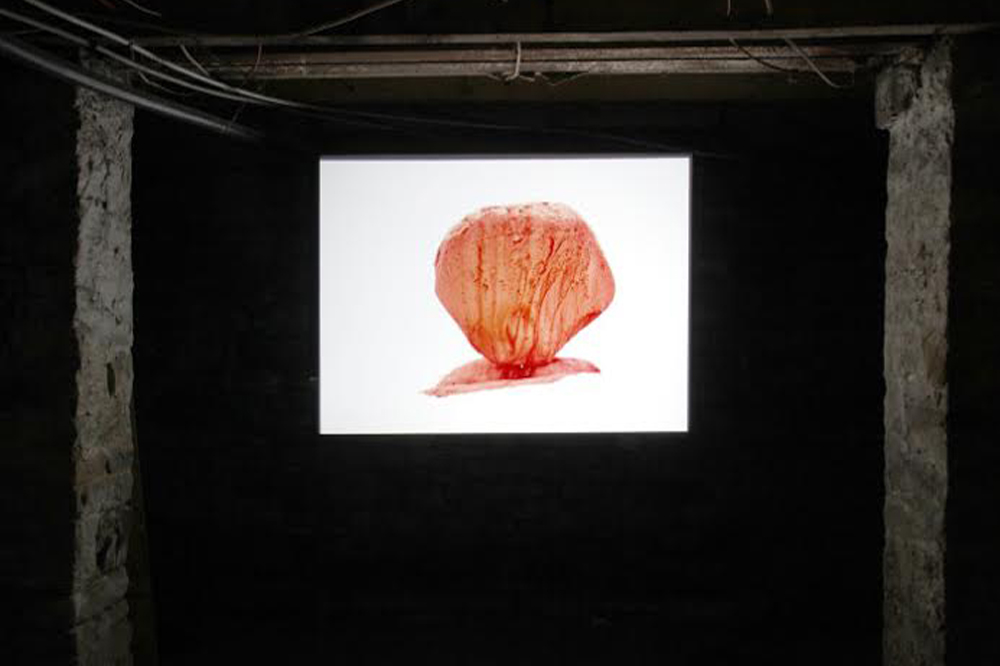
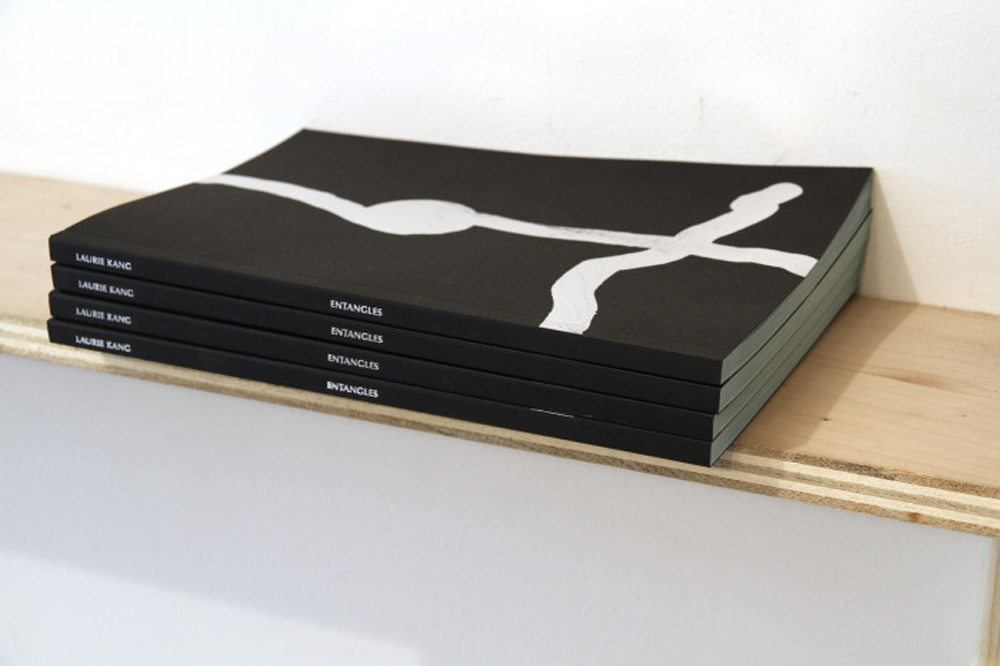







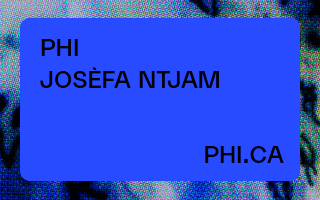
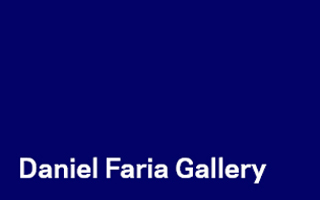



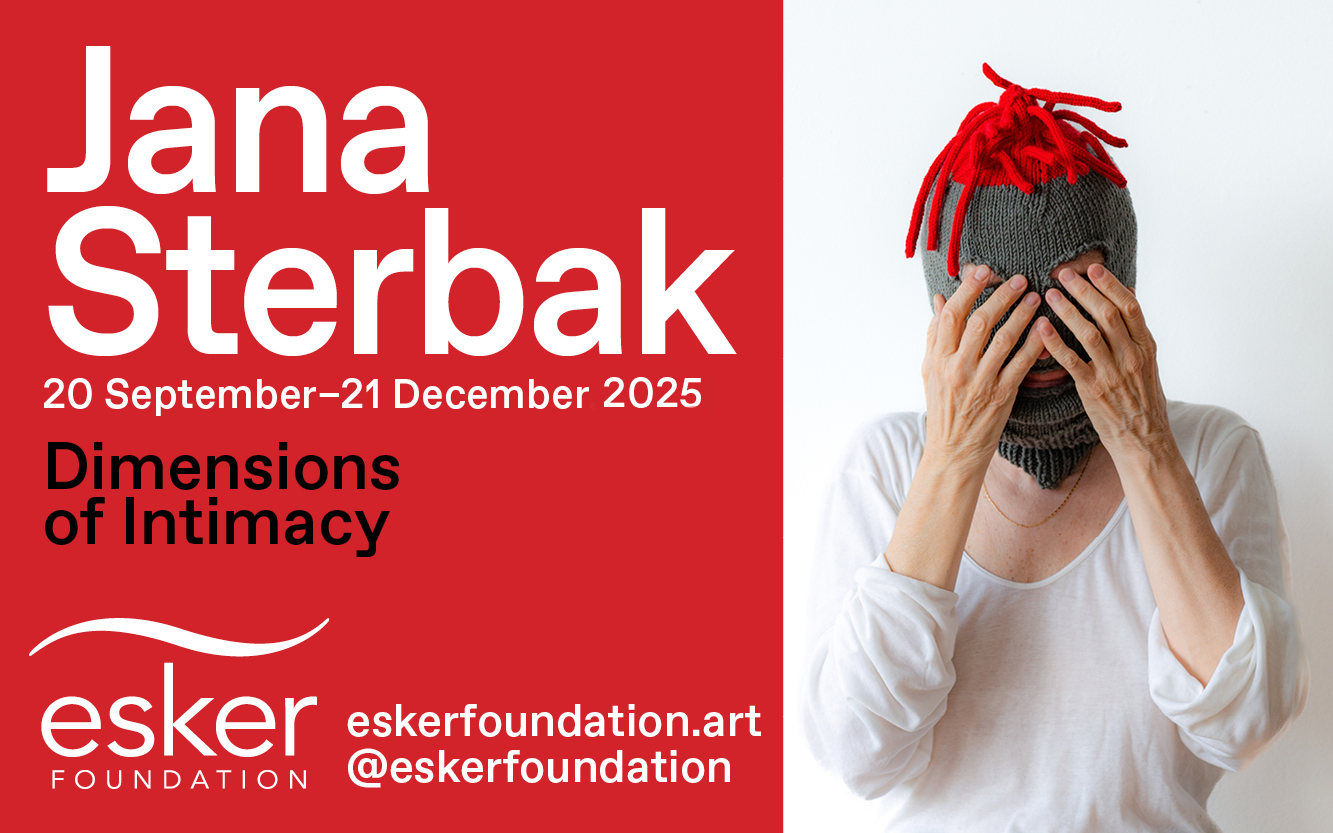
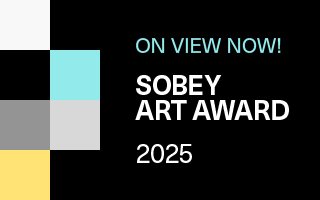

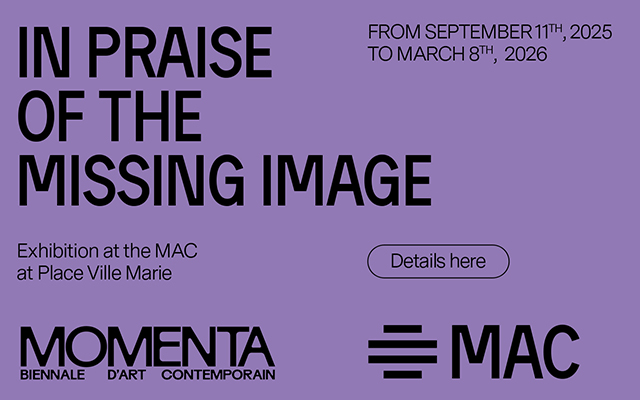
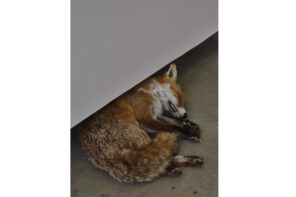

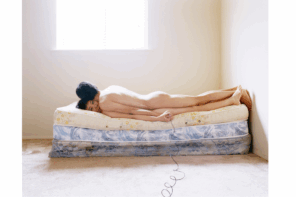
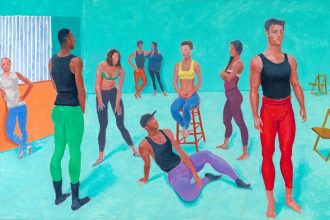
Laurie’s show is so great and deserves rigorous critical assessment so this is heartening to see, but it feels like there might be a lack of critical distance here. Doesn’t the author moderate Open Sesame, organized by Xenia Benivolski and Christine Atkinson, who also run 8-11 and curated this show?
Hi Gabby, thank you for your comment.
It is true that I have been a moderator for Open Sesame. I have also been a critic. As an art writer in Toronto, if I want to write about Toronto artists, it’s highly likely that I’ll know one or all of the gallery staff, curators and/or artist. I would be amiss to claim that my reading of the show is without bias, but I do not believe that my connections to the gallery -or the artist for that matter- affect my ability to maintain a critical distance from the work. It is the work that challenged me to write about it and it is the physical and conceptual content of the work that the review is focused on.
Of course, in a city as small as Toronto, it is inevitable that, as a critic, we often know the subjects we write about. My concern here was that it seems a bit of a conflict of interest. I assume that moderating Open Sesame comes with a fee, which would make you a (perhaps indirect) employee of the two people who run 8-11 and have organized this exhibition, no?
I’m not sure I understand what you are getting at here. A ‘conflict of interest’ would imply that I have something [monetary] to gain from giving this show a positive review and that I would therefore not necessarily be honest with my thoughts. I can assure you that the fee is nominal and that it (or any future potential for it) has in no way affected my reading of Laurie’s work.
Yes, this is what I mean by a conflict of interest: “a situation in which a person or organization is involved in multiple interests (financial, emotional, or otherwise), one of which could possibly corrupt the motivation of the individual or organization.” I don’t doubt you were honest with your thoughts and critiques about Laurie’s work, but the reason that magazines have conflict of interest policies is to avoid the inadvertent ways that multiple interests might influence an author’s work, often in ways they don’t realize; or to avoid the public perception that there might be more than one interest at play.
I would be curious to know what Momus’s policies are on conflicts of interest for writers. And equally curious to know why the editor has left one of her authors the responsibility of explaining her position rather than being accountable to a reader in her position as editor.
Hi Gabby!
Alex has moderated Open Sesame once, as did Rosemary Heather and Amy Lam, and more recently Christine. Open Sesame has been running for 2 years, employing, as you said, 3 critics and 1 moderator at each event, and encompassing the majority of art critics in Toronto. As Christine and I are also involved at 811 with six other people it would be close to impossible to be reviewed by a critic who hasn’t participated in the Open Sesame Talk series. I hope that your former work for Open Sesame does not stop you from reviewing exhibitions at our collective space.
And I suppose I should clarify, if there is any confusion as to the moderator fee: it is the same as a critics fee. 4 identical fees are given to the 4 speakers at open sesame, a public talk that brings together 4 critics from toronto to discuss 3 current exhibitions.
Within 2 years of quarterly talks, we have paid that fee to 24 critics and 4 moderators, including yourself. I’m puzzled by the implication that running this event should disqualify the collective project we run with several others from critique.
In the past I have ran several critics panels with Nadja Sayej, and much of my work has been reviewed by those critics and others. Come to think of it, because much of my project practice concerns criticism, I have worked with most of the critics in the city on one thing or another. I wonder if you would consider that an issue.
….I am also wondering what are your thoughts as to critics participating in any public talk at a gallery or institution and what would then happen if the curator of that program would open another space, would that person be banned from criticism by said critic? I guess I’m just confused about your whole statement. I wanna know more!
Hi Xenia,
Thanks for your questions. I of course am not arguing that any critic involved in Open Sesame is therefore disqualified from reviewing the other projects you or Christine might organize. I make a distinction between the critics who are asked to participate as guests, for a one-time event (from what I understand, no critic has participated in Open Sesame more than once, right?), who are free agents and allowed to go out and review whatever projects they see fit once their public presentation is over. This seems different from the organizers/moderators of the event, who have a vested interest in Open Sesame’s continued success, public perception, etc., because their income and public reputation depends upon it. In this sense, it is useful to know that Alex has just moderated Open Sesame the one time. My understanding, having attended more than 5 iterations of the event, was that the moderator position was an ongoing gig, especially since Amy Lam did it for so long. So if Alex is no longer employed by LUFF in an ongoing way, I think that changes her (perceived) interest in 8-11’s programming if a review does not jeopardize her ongoing employment with you.
My questions about this review were actually directed at Momus’s editorial staff in the first place, and I guess I should have made that more explicit since I have yet to hear back from anyone responsible for the editorial decisions at Momus about what the policies are around conflicts of interest in the magazine. I respect the work that Momus is doing, and the space it provides for new critical voices. But I think if we want, as a community, to have open, critical, and productive dialogue, we need to be accountable to one another about how these multiple, intersecting interests influence how we write about a work, a gallery, a book, or an artist’s practice. That requires that writers are self-reflexive about their position in relation to their subjects, *and* it requires that editors are also aware of potential conflicts of interest, or what readers might perceive as conflicts of interest. I have been in situations more than once where I wanted to review a show, was unsure of whether my involvement with the artist, gallery or curator might jeopardize my critical position, and talked this over with my editor. Often that editor made the call and decided if a caveat needed to be included in the review to make my position explicit (or whether the review just should not be written by me). Almost every writer’s contract I have signed has a clause about this, stating that authors who have been involved with writing a catalogue essay for a show, participating in public programming around the show, or other forms of work for the show’s organizers that involve monetary compensation, are not eligible to write about that show.
I am curious about how Momus proceeds with these kinds of decisions, and at what point it might be responsible to explicitly lay out the multiple interests of an author. I know these questions have also come up around the way that advertising might influence content at Momus, or the decision to have a contributing writer (Saelan Twerdy) write a review of one of the publication’s contributing editors’ (David Balzer)—declaring it “game-changing” no less—in the first few weeks of Momus’s run.
My questions come from a place of respect and investment in the work that Open Sesame and 8-11 are doing, and in the space Momus provides for criticism. I remain surprised that no one from Momus has taken responsibility for the decision to run Alex’s review without a caveat about her position, or answered these questions, and has left their freelance writer, and the organizer of this exhibition, to take accountability instead.
And to clarify, I see this more of a question to Momus’s editorial policies than a demand that you somehow explain yourself, Alex. It’s a nice review and as an admitted fan of Laurie’s work I am very happy to see her covered here.
I feel that saying “her (perceived) interest in 8-11’s programming if a review does not jeopardize her ongoing employment with you.” is pretty out there, considering her scope of involvement at open sesame (a program unrelated to laurie or the 8eleven) as a one time critic and moderator. But also, while most critics had participated once so far, we will certainly employ critics to return to open sesame in the future. And if Amy Lam had reviewed a show at 8eleven (or any other project myself or christine do in the future) I would see no issue with that either.
To imply that 811 and luff somehow have co-dependent programming is very untrue, and its unclear to me what purpose this implication serves. Toronto has a small art community with lots of professional crossover. I see efforts to keep these conversations separate as short sighted.
And I can see why you’re asking Momus these questions, i just don’t think that’s a particularly good example of what you’re trying to say.
Hi Xenia,
I agree — my comments did seem to collapse 8-11 and Open Sesame’s programming and that was not my intention. I apologize for that conflation.
Knowing that Alex was a one-time moderator of Open Sesame is helpful context. I wrongly assumed that was an ongoing gig and am happy to have it clarified.
Gabby, Alex, Xenia,
Thank you for this discussion. It raises some fine points. and the three of you conduct yourselves in an admirable and respectful fashion. Like Gabby, I too await to hear from Momus’s editorial re: “policies around conflict of interest in the magazine.”
The comment section of any publication is a space for diverse opinion. The responsibility that I take seriously is to provide a forum for thoughtful discourse that will, of course, include dissenting voices.
Subjectivity is not the same as bias. And bias is not the same as conflict of interest. Subjectivity is the human condition; we all inhabit a position, and that standpoint limits our view. Bias implies allowing our limited perspective to distort our judgement, effectively shuttering our view. Conflict of interest implies malfeasance – personal gain or benefit from undeclared allegiance.
Momus has published 85 reviews and articles in the past 5 months, written by 29 writers. We’ve published writers in both early and mid career. Any publication works with a stable of regular contributors; within a professional community, practitioners – curators, artists, gallerists, critics, collectors, etc. – may know one another. This is not a bad thing.
The work of criticism is to look with eyes open. That’s the standard that I look for in the writing published on this site.